
What it really feels like interacting with your physics heroes!
Such a beautiful and fundamental prize 🤩
www.nobelprize.org/prizes/physi...
@manuflurin.bsky.social
Quantum physicist / quantum sensing with superconducting circuits @CEA Saclay / Scientific advisor @Alice&Bob .

What it really feels like interacting with your physics heroes!
Such a beautiful and fundamental prize 🤩
www.nobelprize.org/prizes/physi...
Every time I interact with Michel, he has some deep insight that I understand only years later. Maybe it is not completely fleshed out technically but it is always on point. It reminded me of other winners in the past. Well deserved!
07.10.2025 12:14 — 👍 7 🔁 1 💬 1 📌 0Outstanding choices!
07.10.2025 10:06 — 👍 9 🔁 1 💬 1 📌 0
Putting my thoughts together. Why networks beat "hero" sensors and what birds can teach us.
quantum-noise.ghost.io/quantum-sens...
What category split would you suggest? Quant phys / Quant info?
23.09.2025 13:36 — 👍 2 🔁 0 💬 1 📌 0Can ChatGPT help with research? Maybe not yet for finding new results, but it can certainly speed up some tedious tasks.
An example about quantum Tanner codes #qLDPC
Working with qudits (d=5) lets you use nice local codes [4,2,3]_5. Then the idea is simply to enumerate small groups and (1/4)
What is common knowledge in your field but shocks outsiders?
n qubits can reliably store only n bits.

@dulwichquantum.bsky.social
28.05.2025 19:37 — 👍 6 🔁 1 💬 0 📌 1and of course, a big thank you to our funding agencies @agencerecherche.bsky.social , @dimQuantip and host institutions @lkblab.bsky.social , @sorbonne-universite.fr ,
@cea.fr, @Alice__Bob. This work wouldn’t exist without your support!
This is a first step toward probing quantum gravity with mechanical systems. Many exciting directions ahead: stronger coupling and longer coherence time would enable ground state cooling and cat-state preparation using our qubit as quantum controller! (8/8)
28.05.2025 17:25 — 👍 2 🔁 0 💬 1 📌 0Crucially, our system is massive enough (~5 ng) and coherent enough (~0.3 ms) that it approaches the regime where gravitational decoherence, as proposed by Diósi and Penrose, would become observable (t_G ~ 0.5 ms).(7/8)
28.05.2025 17:25 — 👍 0 🔁 0 💬 1 📌 0This imbalance directly reflects the non-commutativity of the mechanical creation and annihilation operators. A subtle but fundamental quantum effect—now visible through repeated coupling to a genuine two-level system.(6/8)
28.05.2025 17:25 — 👍 0 🔁 0 💬 1 📌 0The data reveals thermal noise (nth ≈ 47 at 10 mK), plus clear signatures of qubit-induced back-action. By preparing the qubit in |g⟩ or |e⟩, we selectively probe the absorption (n) or emission (n+1) spectrum. (5/8)
28.05.2025 17:25 — 👍 1 🔁 0 💬 1 📌 0We perform a sequence of stroboscopic weak measurements: after each qubit–membrane interaction, we read out the qubit in a single shot. From this, we reconstruct the membrane's motion spectrum—phonon by phonon.(4/8)
28.05.2025 17:25 — 👍 0 🔁 0 💬 1 📌 0Our solution: a heavy-fluxonium qubit with a MHz-range transition, long coherence, and fast reset. This architecture enables resonant, repeatable interactions with a 4 MHz vibrating SiN membrane, sustained over its 6 ms lifetime.(3/8)
28.05.2025 17:25 — 👍 0 🔁 0 💬 1 📌 0Mechanical oscillators are promising platforms for probing quantum mechanics at macroscopic scales—but coupling them strongly and coherently to a well-controlled quantum system has been a longstanding challenge. (2/8)
28.05.2025 17:25 — 👍 0 🔁 0 💬 1 📌 0
New paper out! We resonantly couple a superconducting heavy-fluxonium qubit ⚛️ to a macroscopic membrane 🥁 oscillating at a few MHz. ~300 repeated interactions let us track its quantum motion, observe back-action & probe non-commuting operators. Diósi–Penrose next? (1/8)
arxiv.org/abs/2505.21481
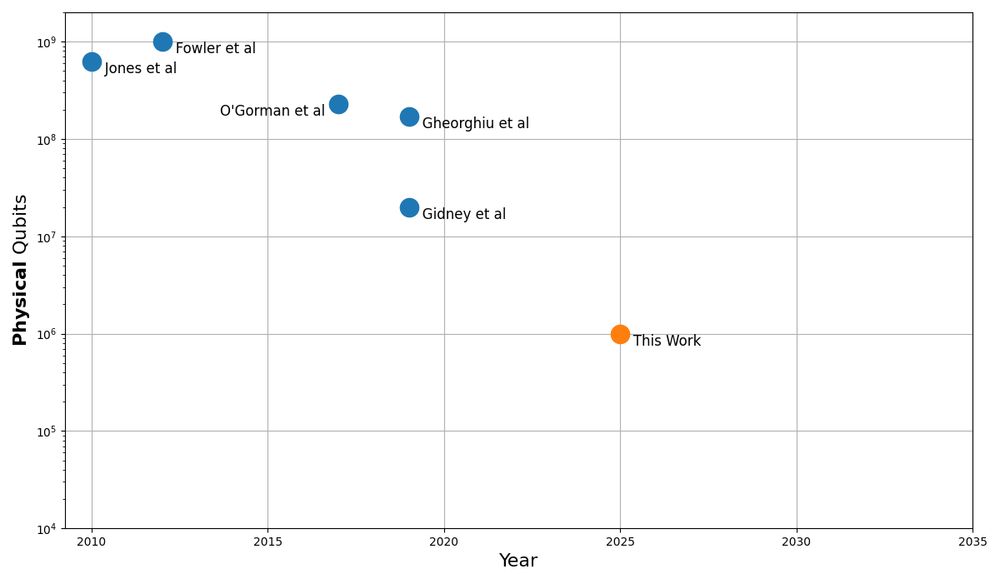
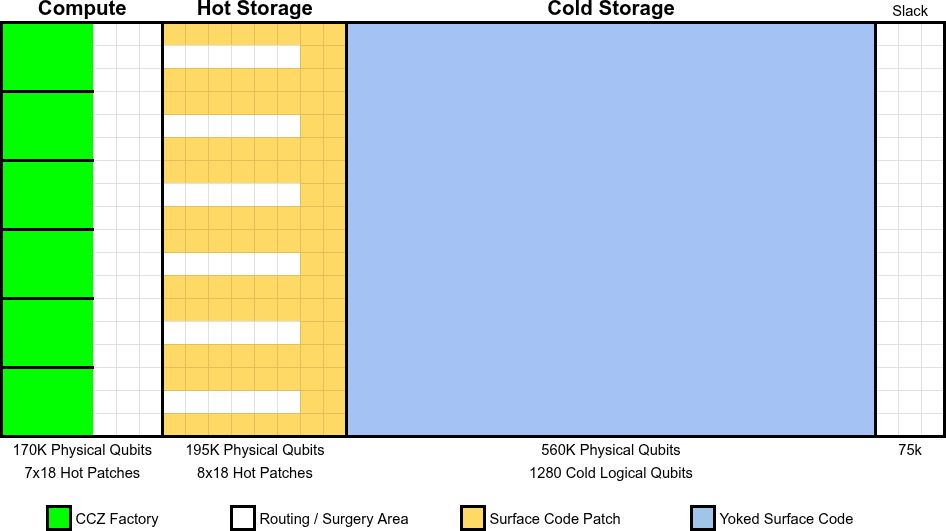
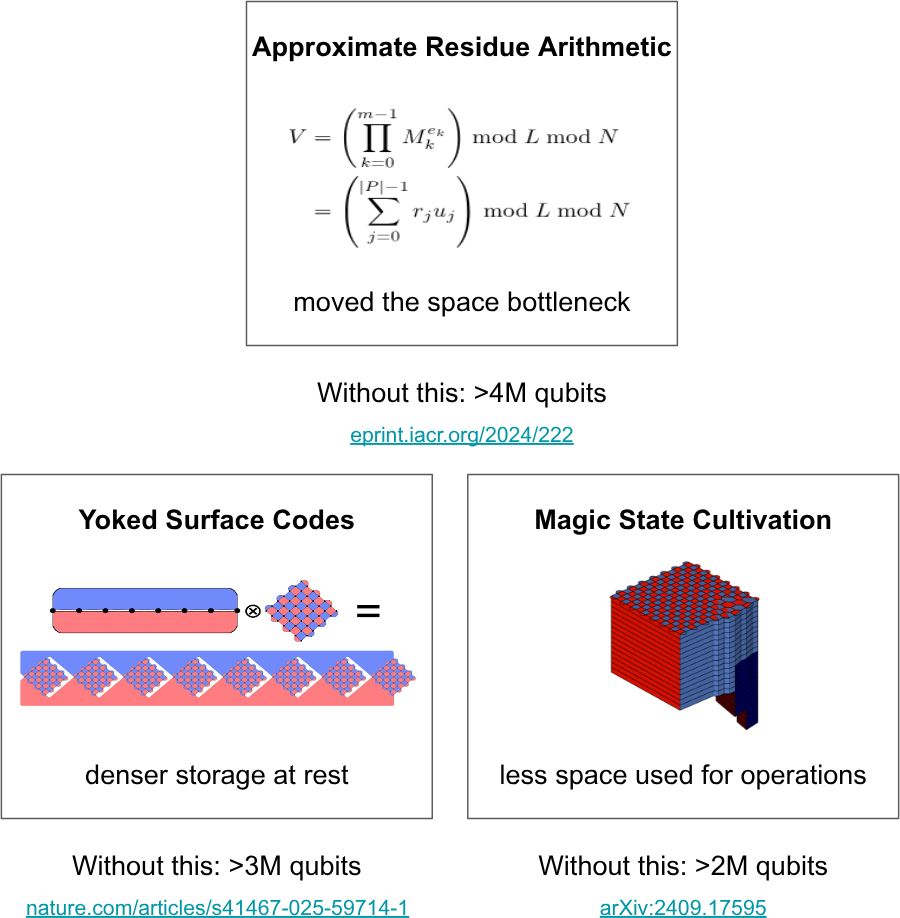
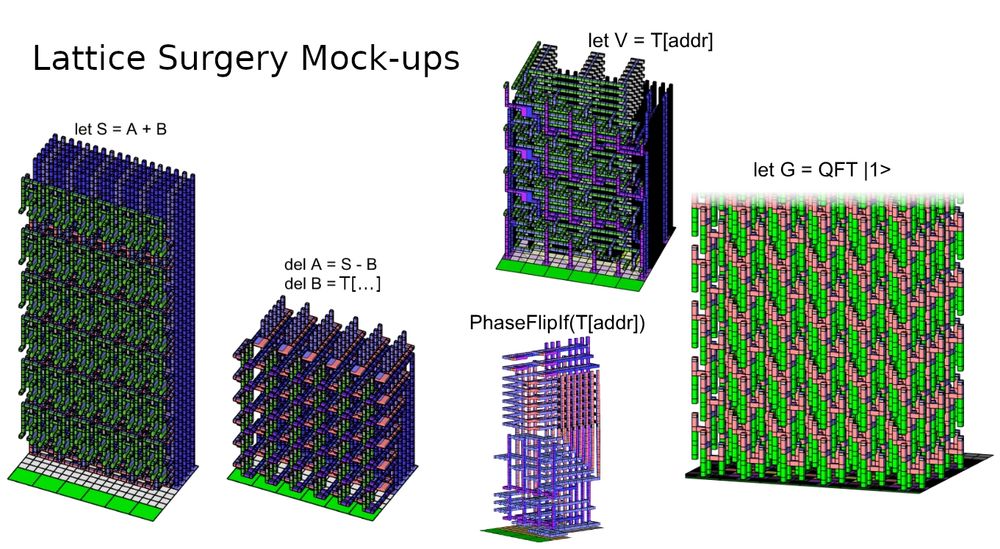
I'm often asked if I'll redo the 2019 quantum factoring estimate. Denser storage by yokes, smaller magic factories by cultivation, slimmer approx arithmetic by Chevignard et al… surely the cost is lower now?
Yes, it's lower now.
security.googleblog.com/2025/05/trac...
arxiv.org/abs/2505.15917
These notes are amazing, just the right amount of detail and insight! Thanks!
09.05.2025 09:19 — 👍 2 🔁 1 💬 1 📌 0
Notes on classical and quantum fisher information.
quantum-noise.ghost.io/fidelity-fis...
Open position: we have an excited opening for a 3-year contract (including a very nice welcome package to start building a small team) in our group at Inria Paris. If you want to work on quantum LDPC codes and fault tolerance, please consider applying. (1/2)
06.05.2025 11:11 — 👍 30 🔁 6 💬 2 📌 0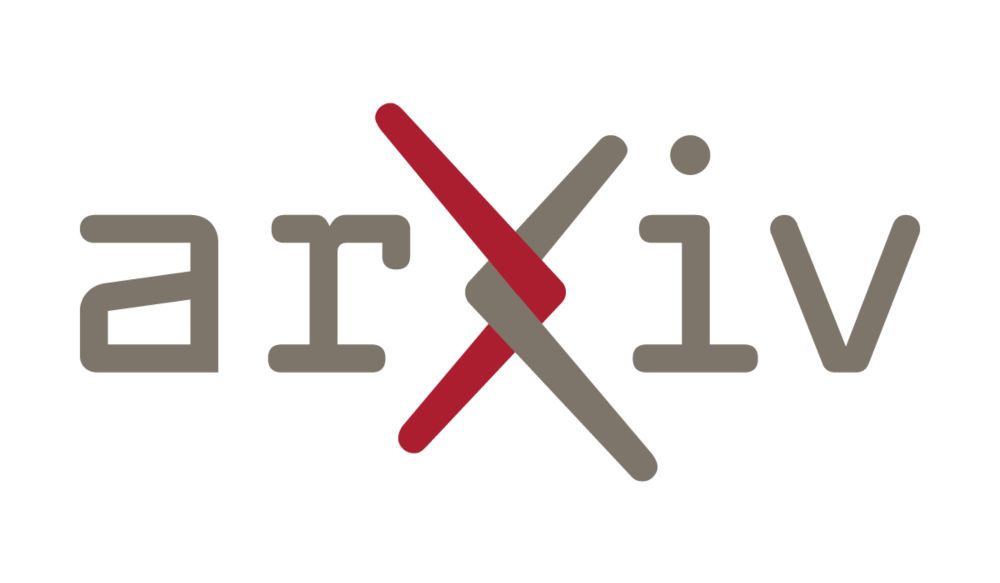
I’m super excited to see the experimental realization of a variant of the dissipatively stabilized squeezed cat that we proposed! Congrats to Alice & Bob and everyone else involved
Especially great to see that it comes with similar performance gains as promised by the theory
arxiv.org/abs/2502.07892
Reading papers is the new smoking
18.01.2025 11:21 — 👍 10 🔁 3 💬 1 📌 0I told Craig it was crazy how fast it was from idea to implementation, and he said it should be like like a day from idea to experiment. Old dude me, I remember when your quantum computing idea might take decades to go from your idea to maybe some sort of kinda-but-just-barely experiment.
20.12.2024 04:58 — 👍 13 🔁 2 💬 1 📌 0



Over the past year I played a supporting role on experiments showing we have a flexibility in how we do QEC on a planar chip. We do a color code (arxiv.org/abs/2412.14256), and three interesting variations of the surface code circuit (arxiv.org/abs/2412.14360), all below threshold.
20.12.2024 04:10 — 👍 29 🔁 5 💬 0 📌 1
End cycle stabilizer representation for four surface code implementation: Standard, the standard implementation used so far by every experiments. Hexagonal, where the surface code uses only gates on a hexagonal lattice. The end cycles of even and odd are different. The Walking implementation where data and ancilla exchanges roles and the iSWAP implementation that uses an iSWAP instead of a CZ/CNOT, giving the stabilizer the shape of arrowhead.
We just put on arXiv a long haul work on "bending" the time-dynamic of the surface code. We demonstrate error suppression from distance 3 to 5 for three different implementations on Willow. The three offer uniques venues for designing new hardware for error corrections.
arxiv.org/abs/2412.14360